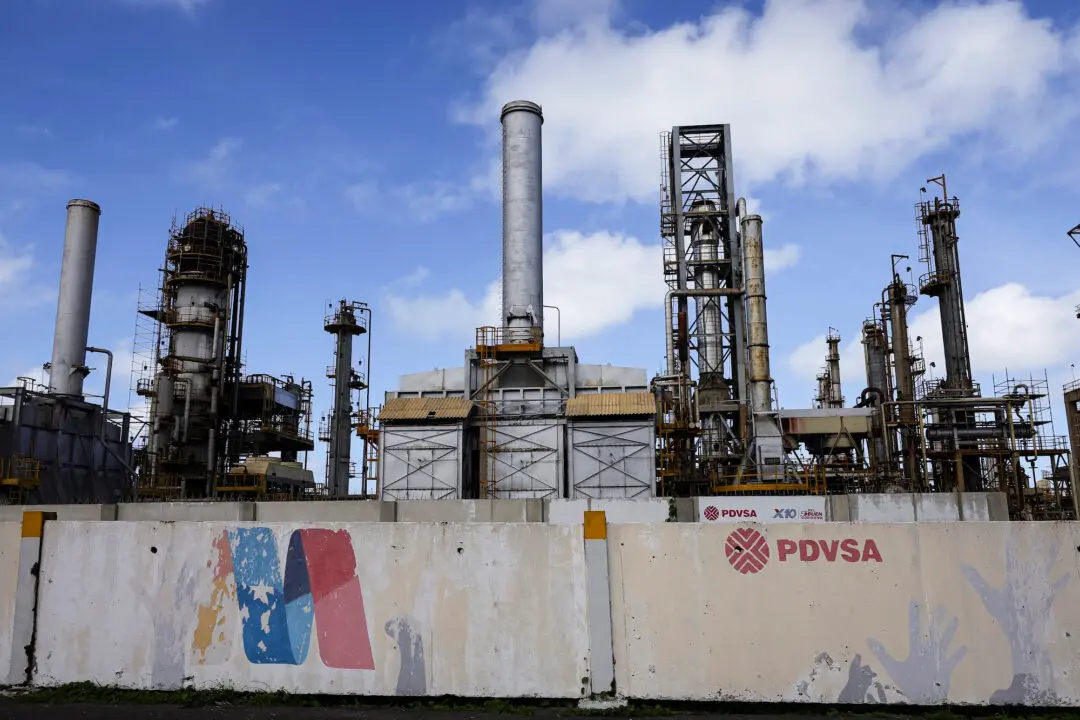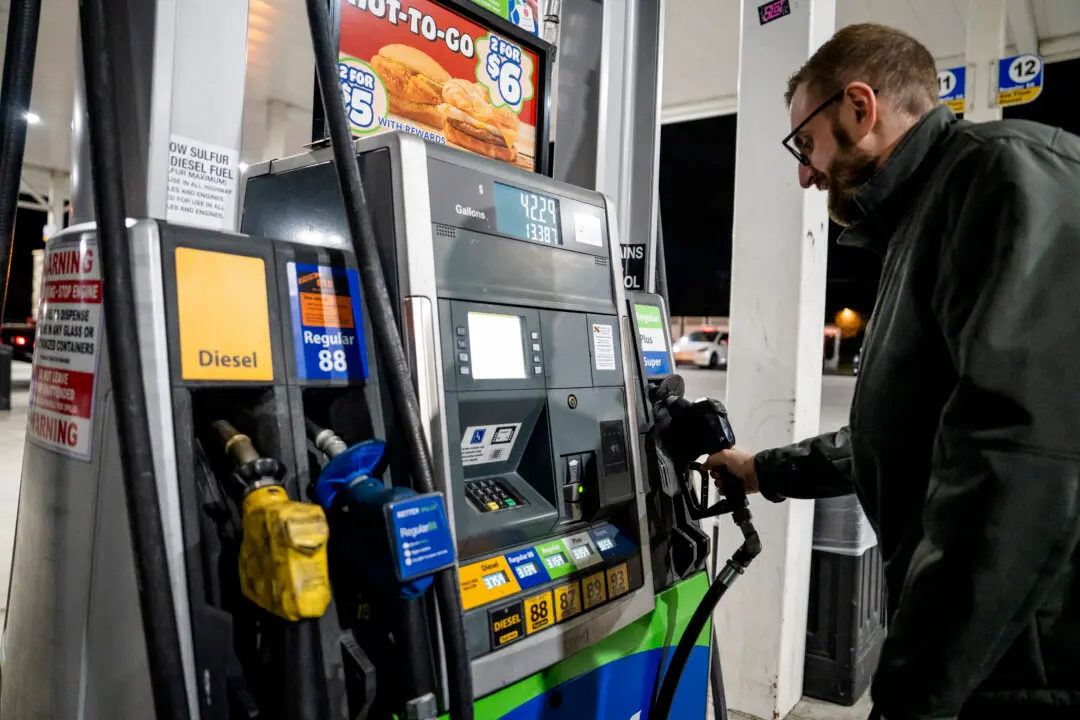While the threat of financial contagion has abated following the bank turmoil sparked by the collapse of Silicon Valley Bank (SVB), experts warn that there are still risks facing U.S. banks that Americans should be mindful of.
The collapse of SVB sent shockwaves through the U.S. banking sector, sparking a crisis of confidence and an acceleration of deposit outflows.





